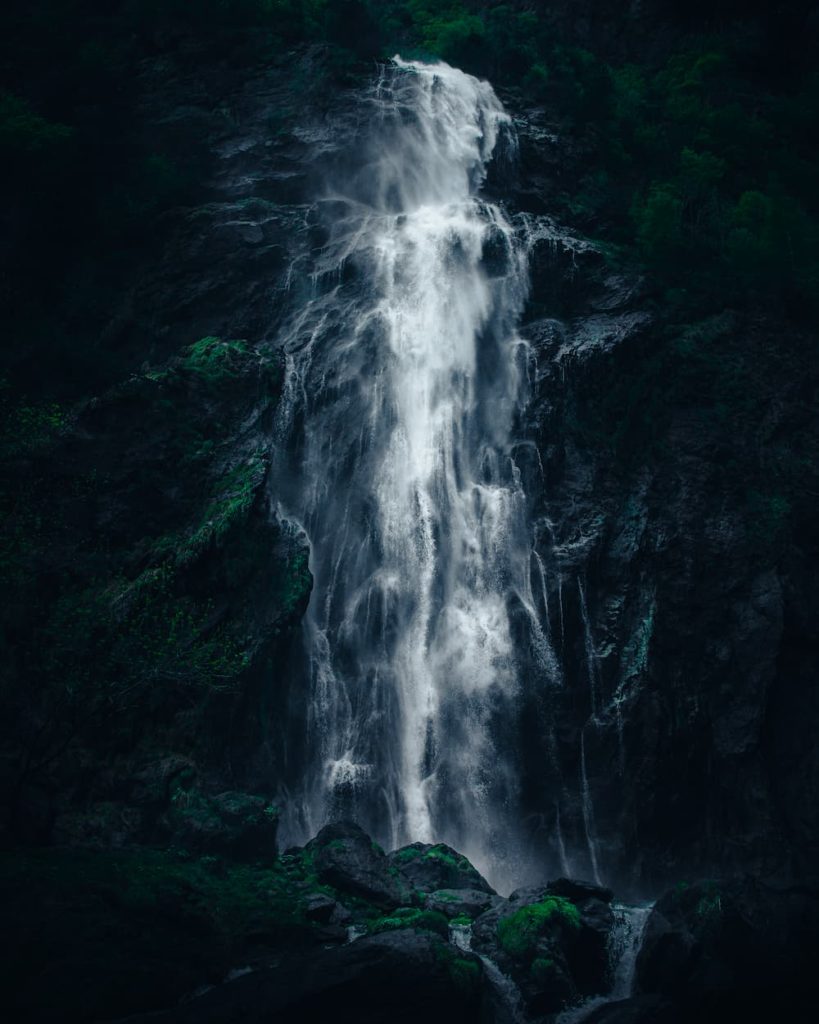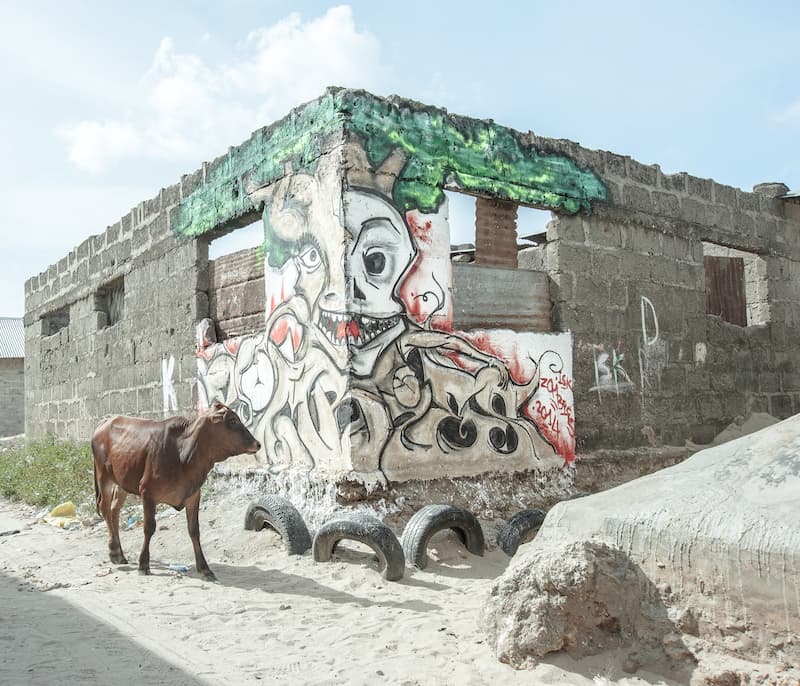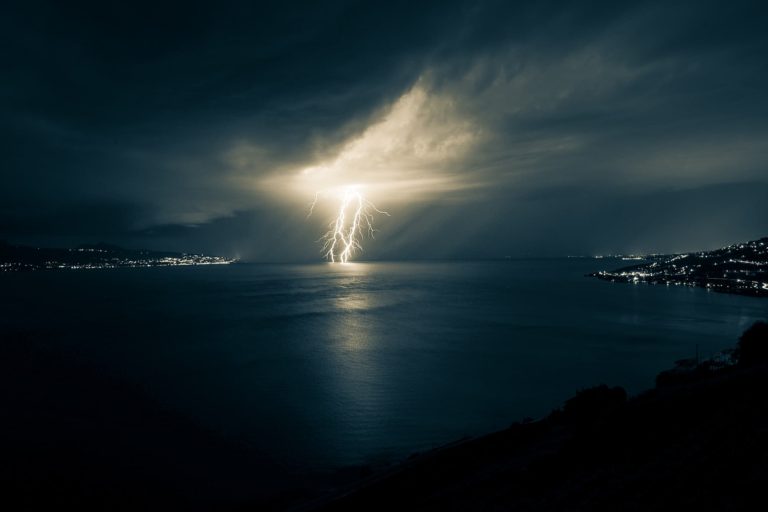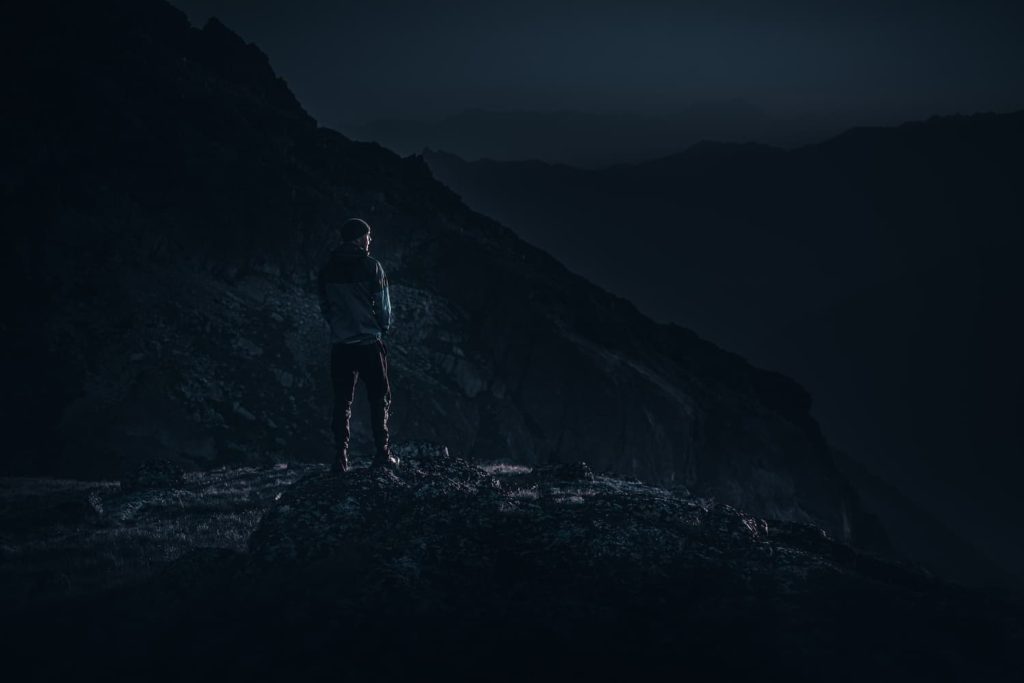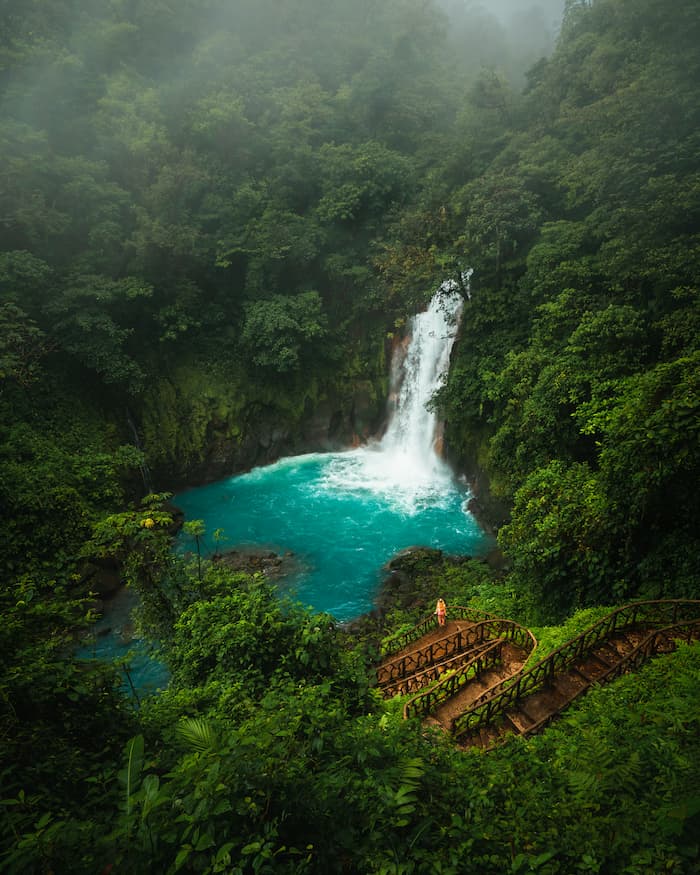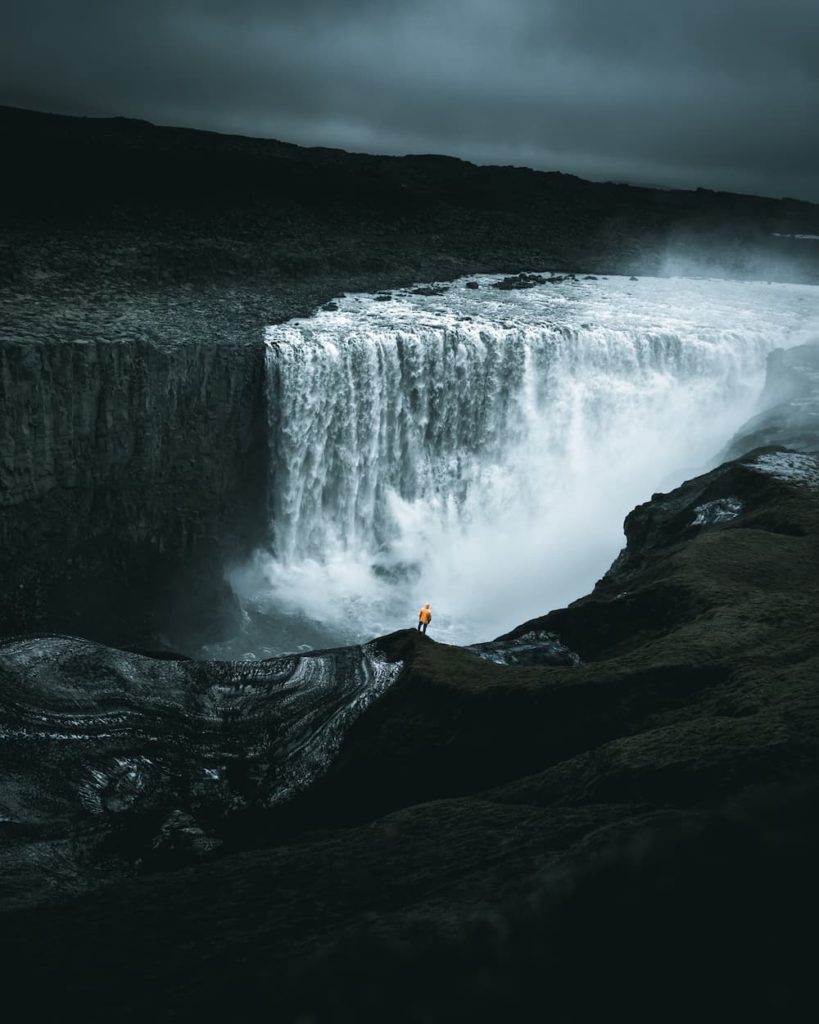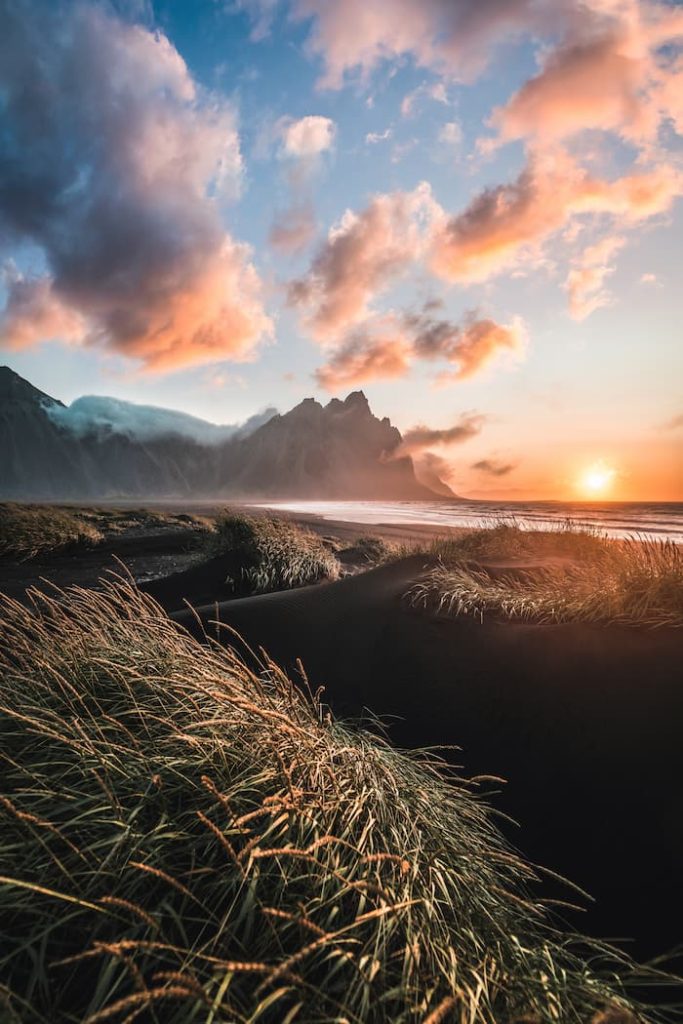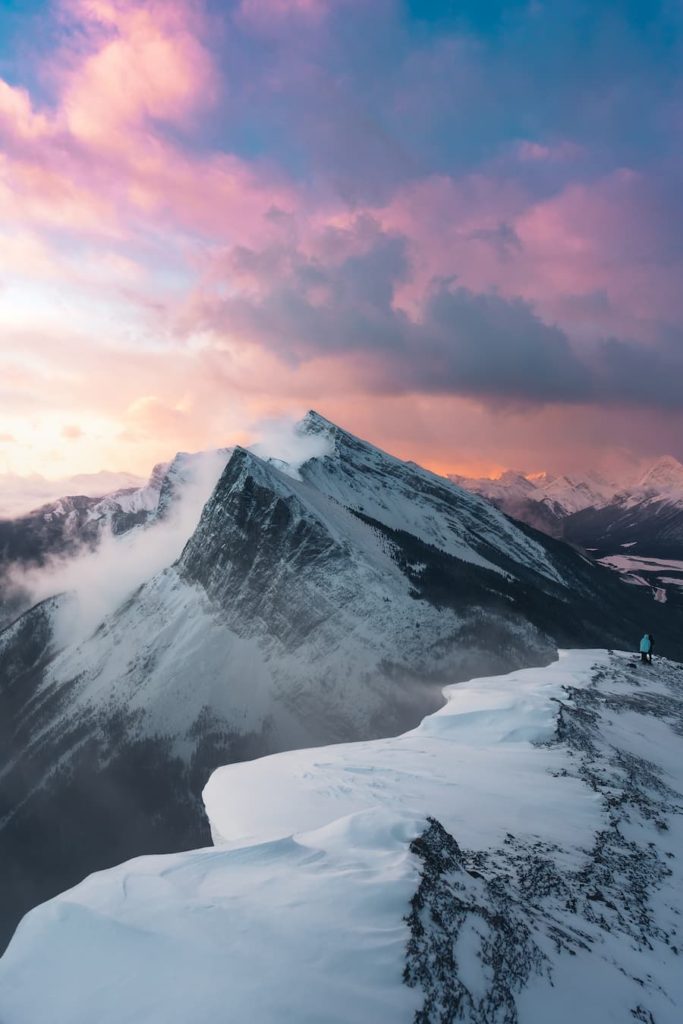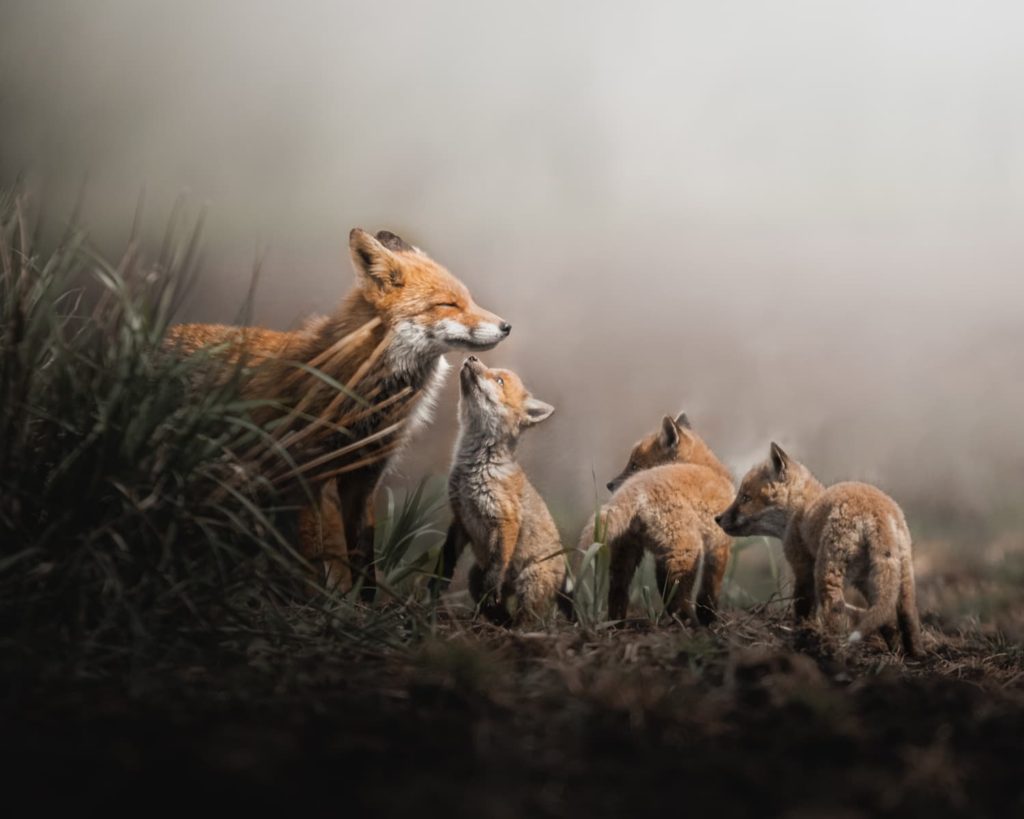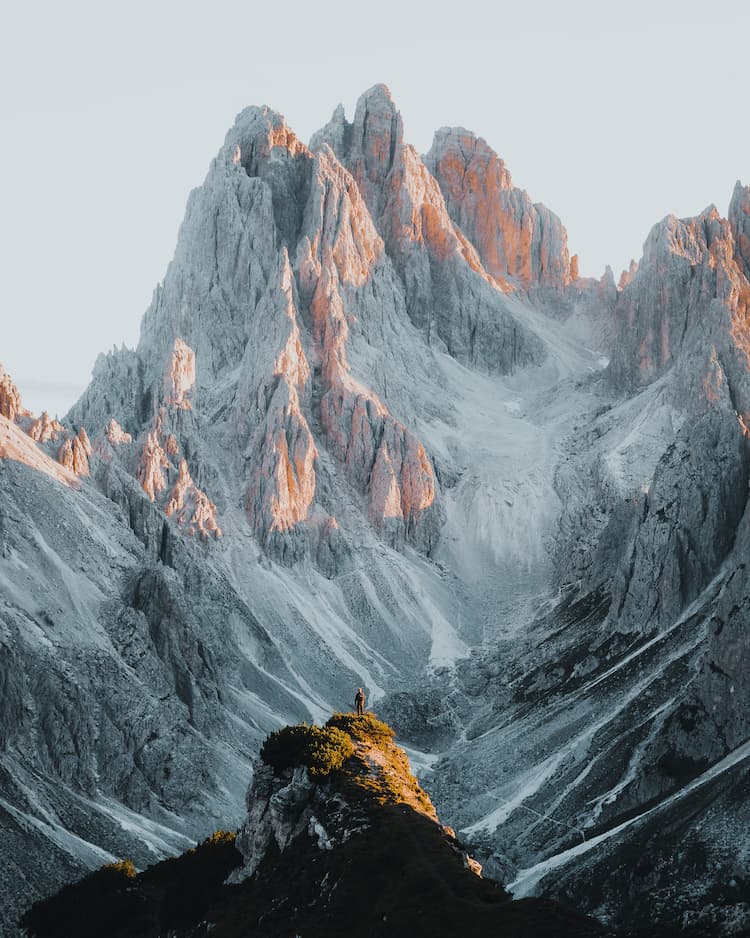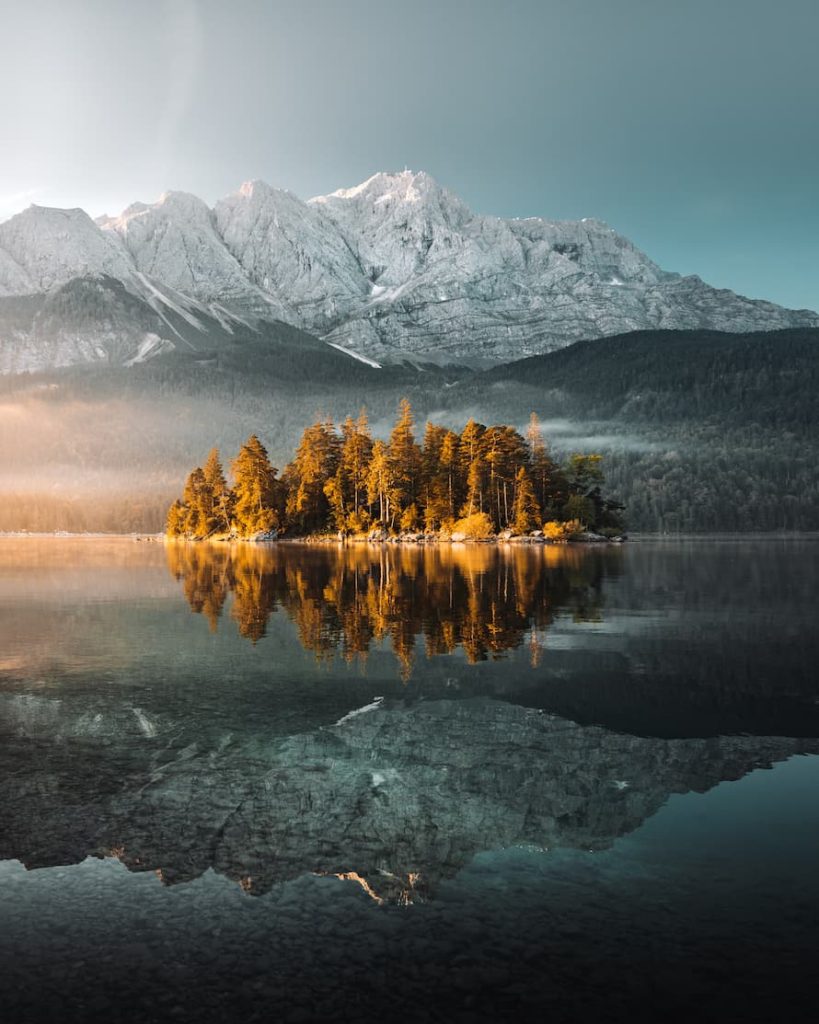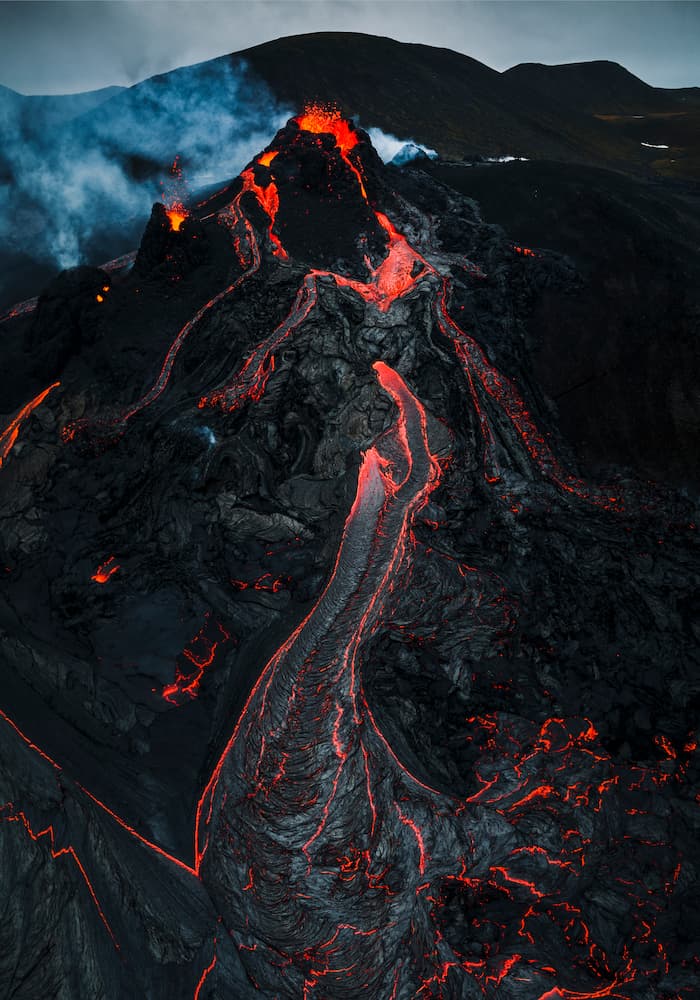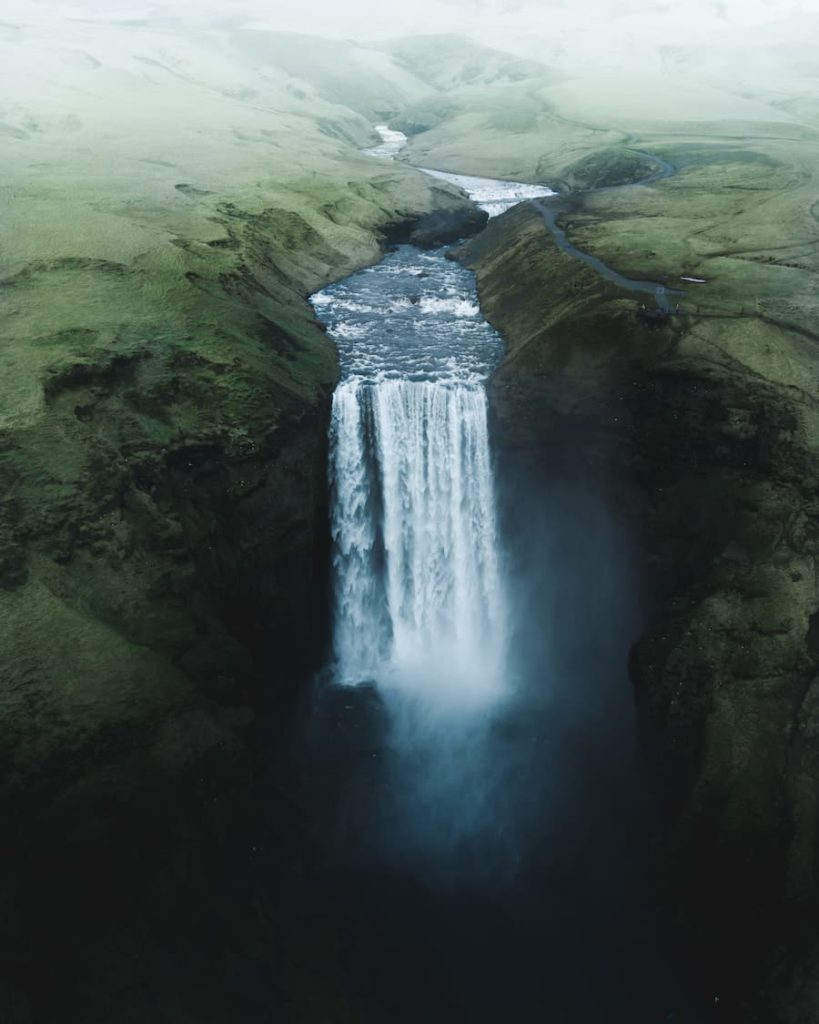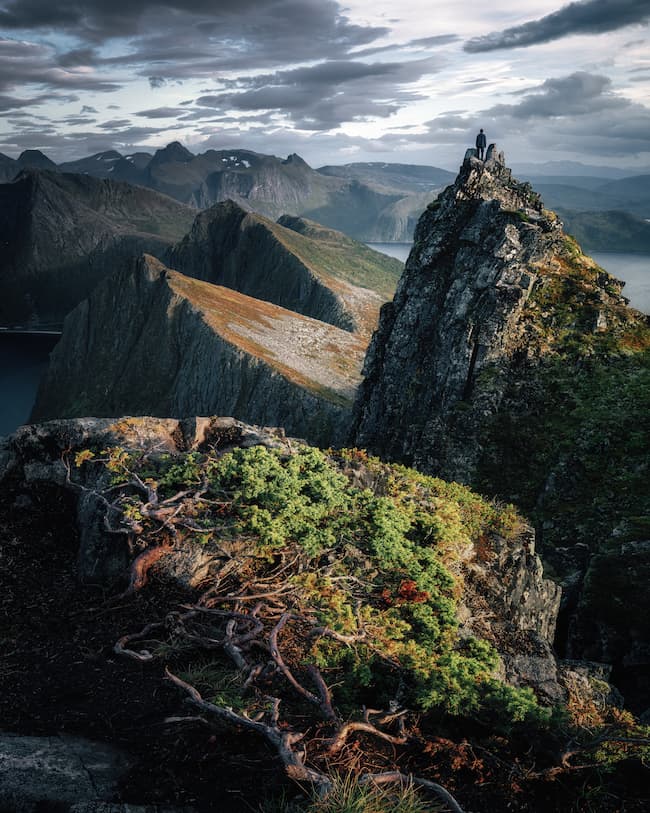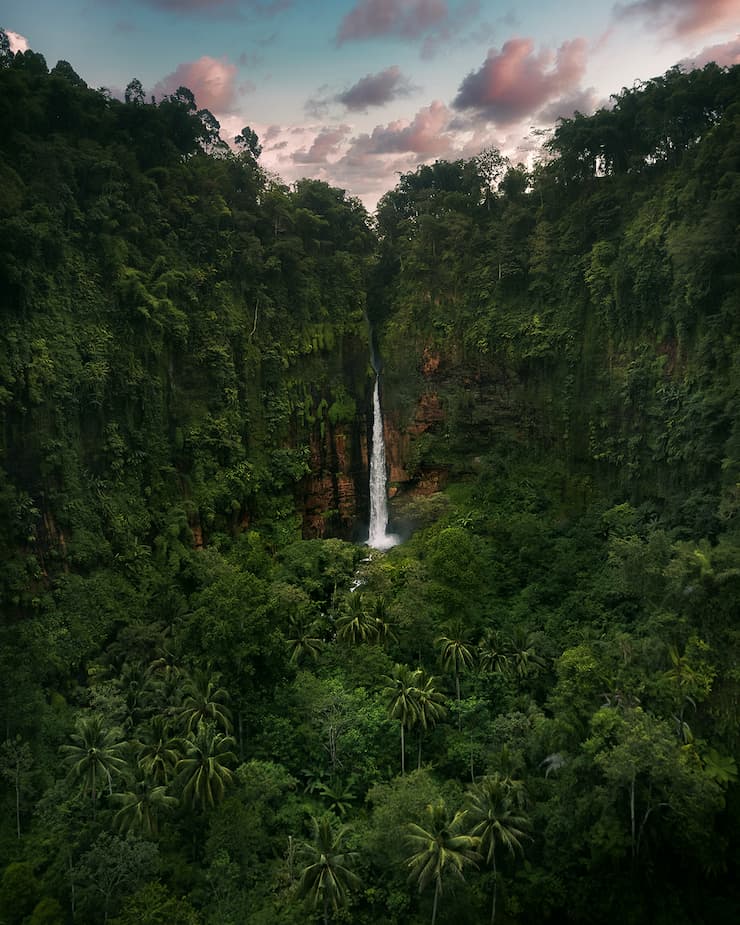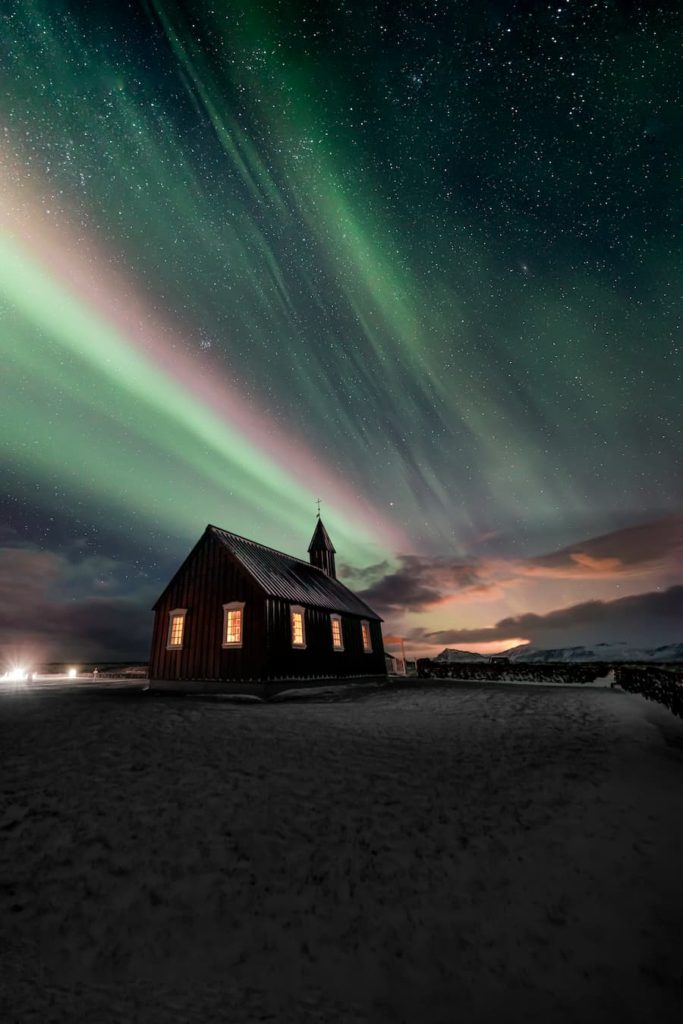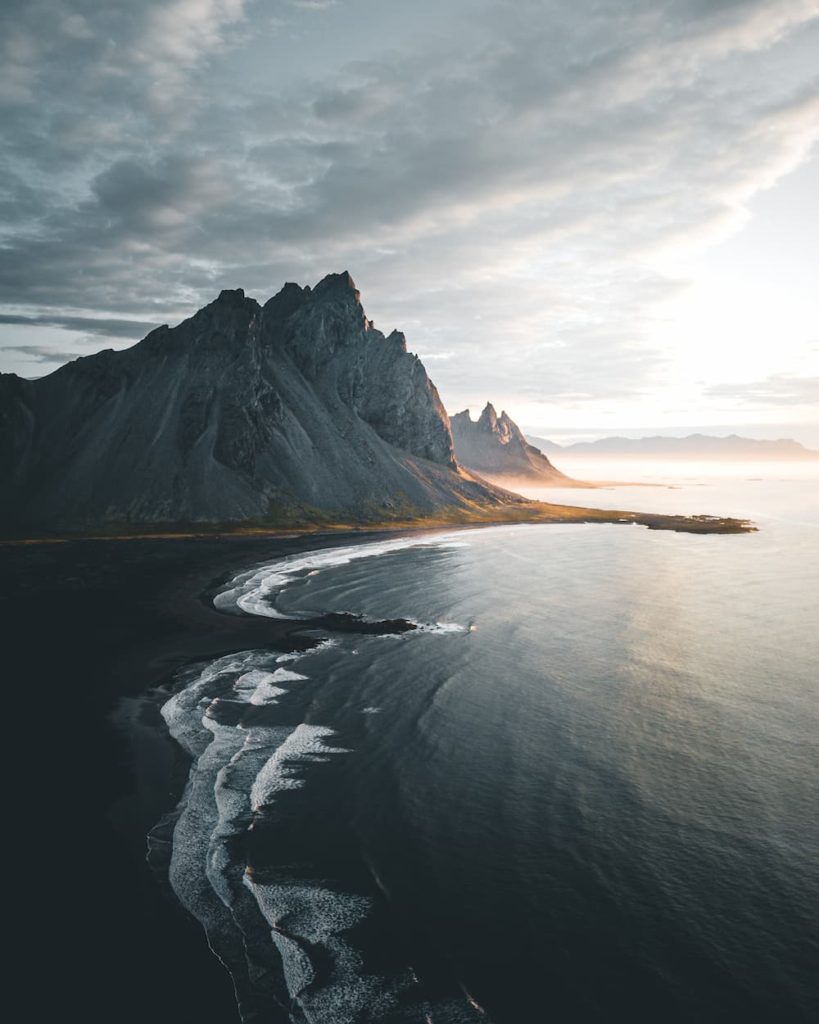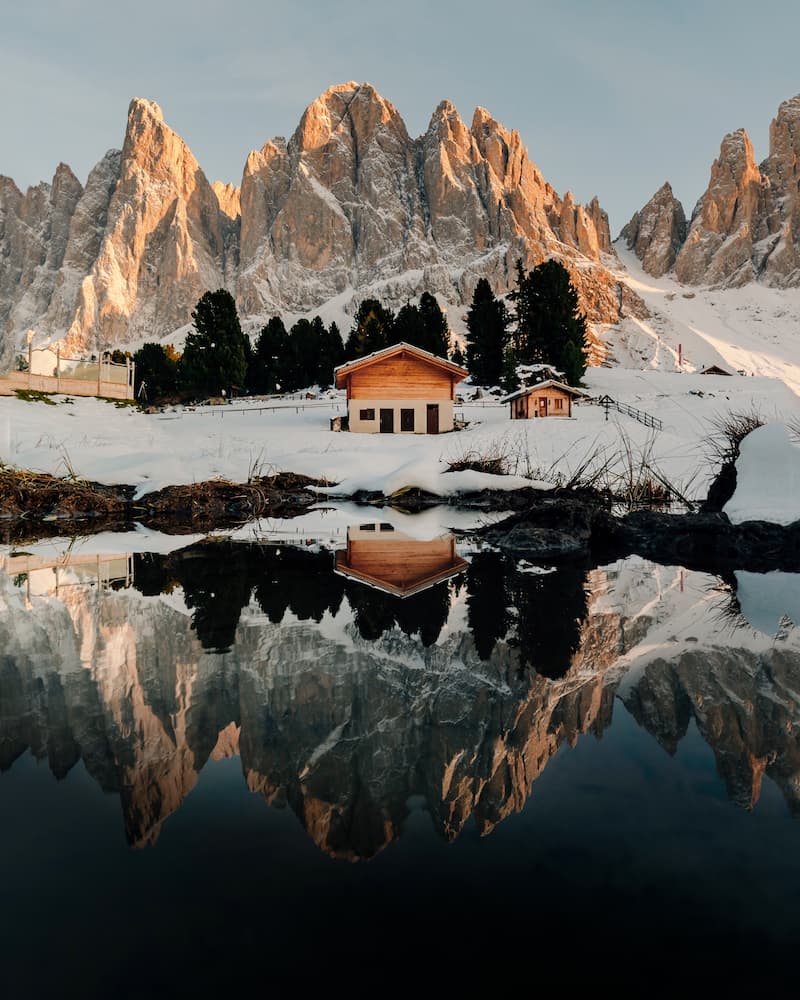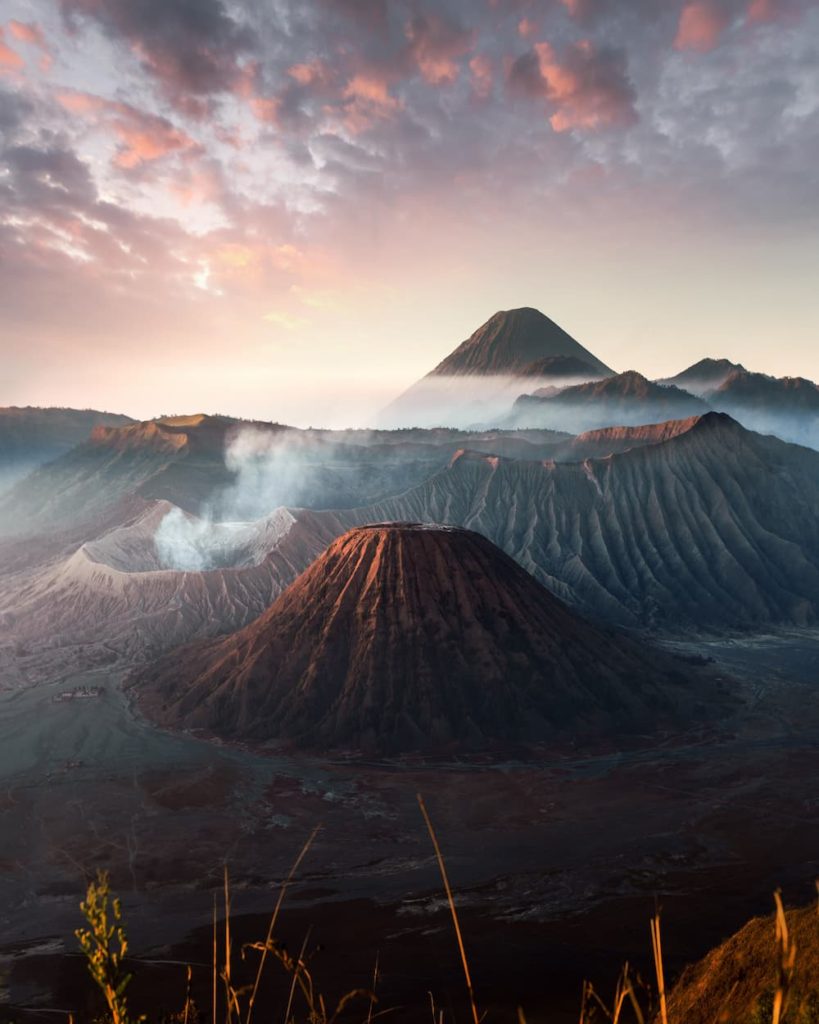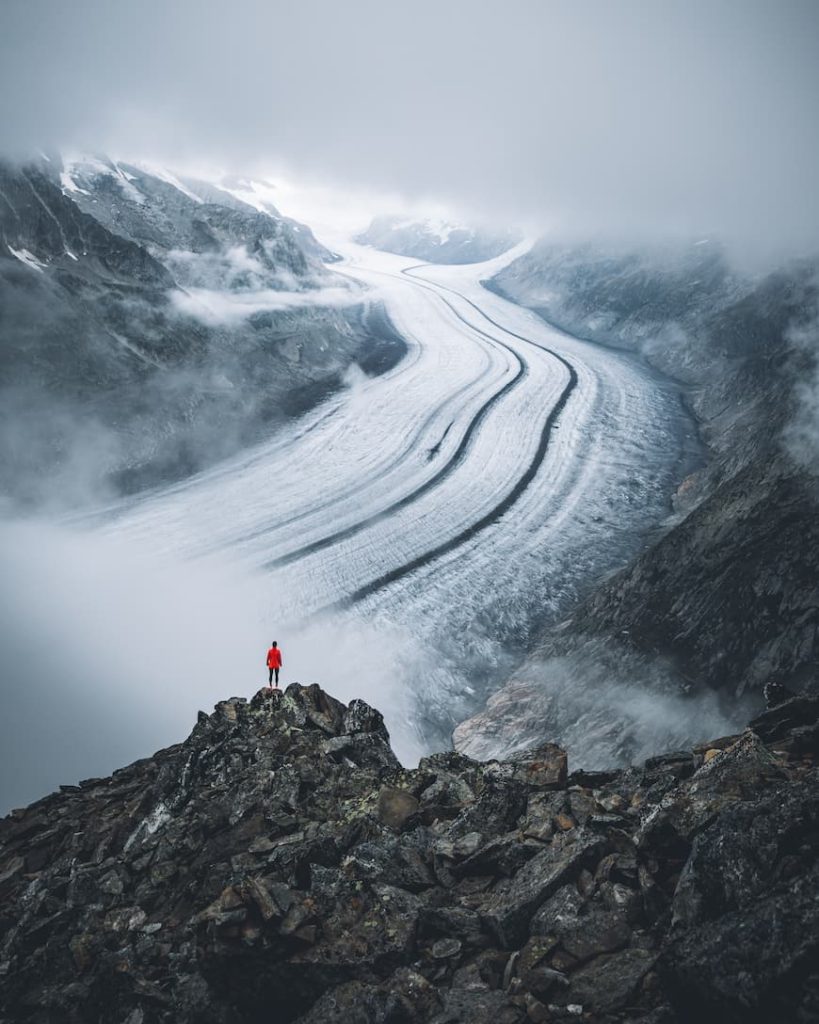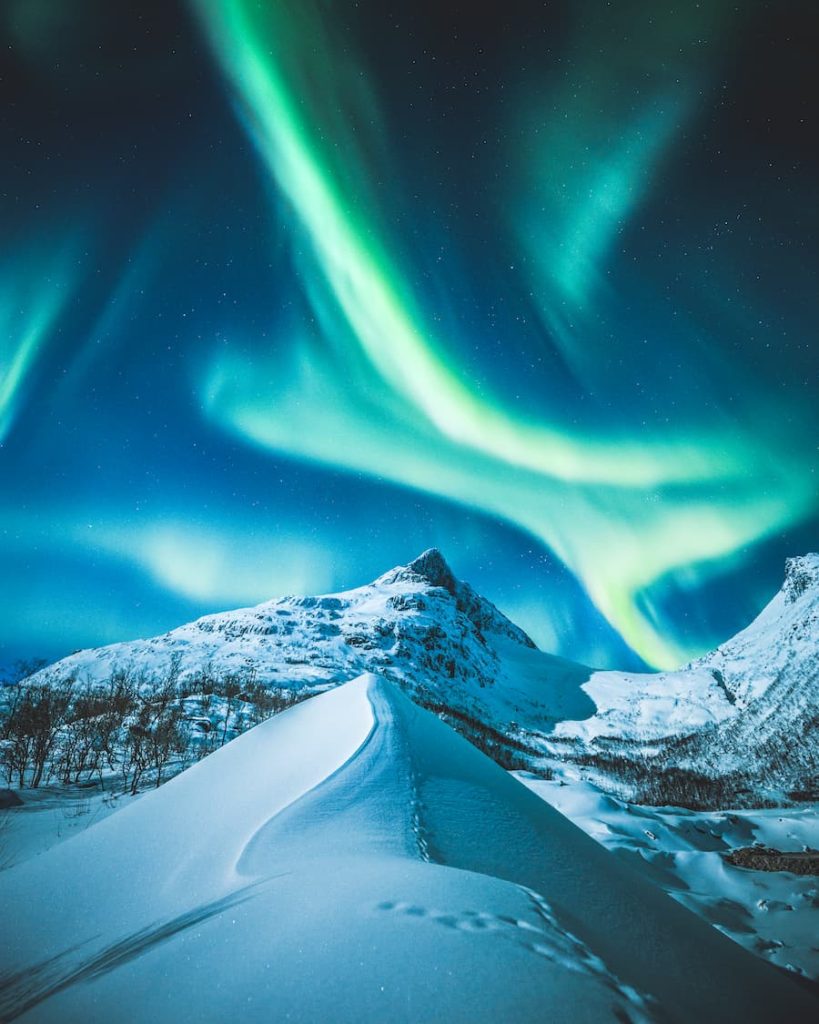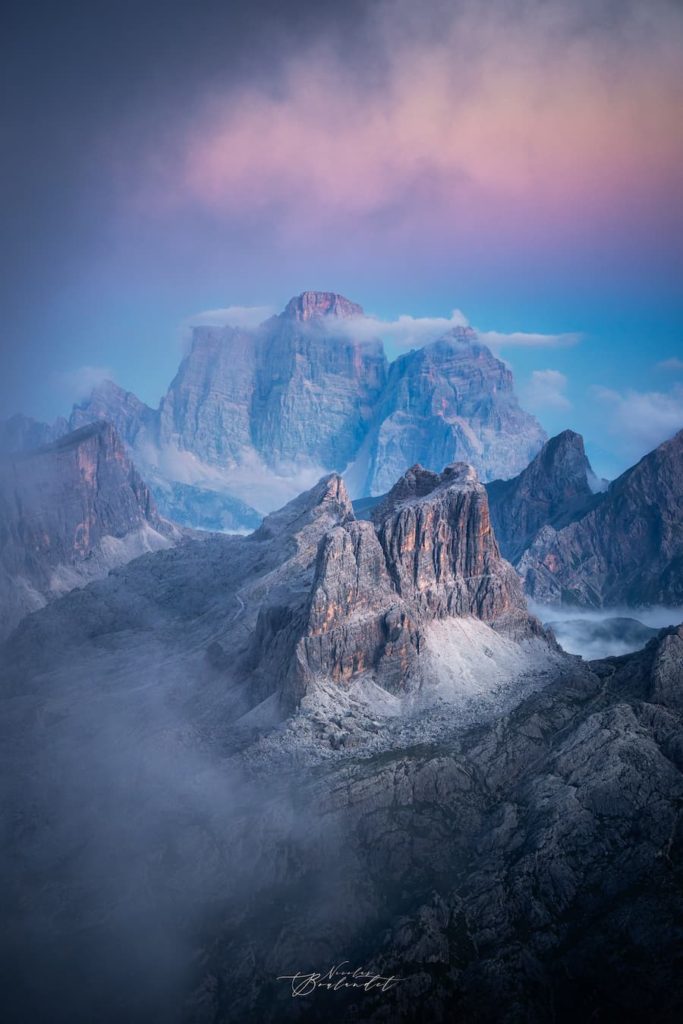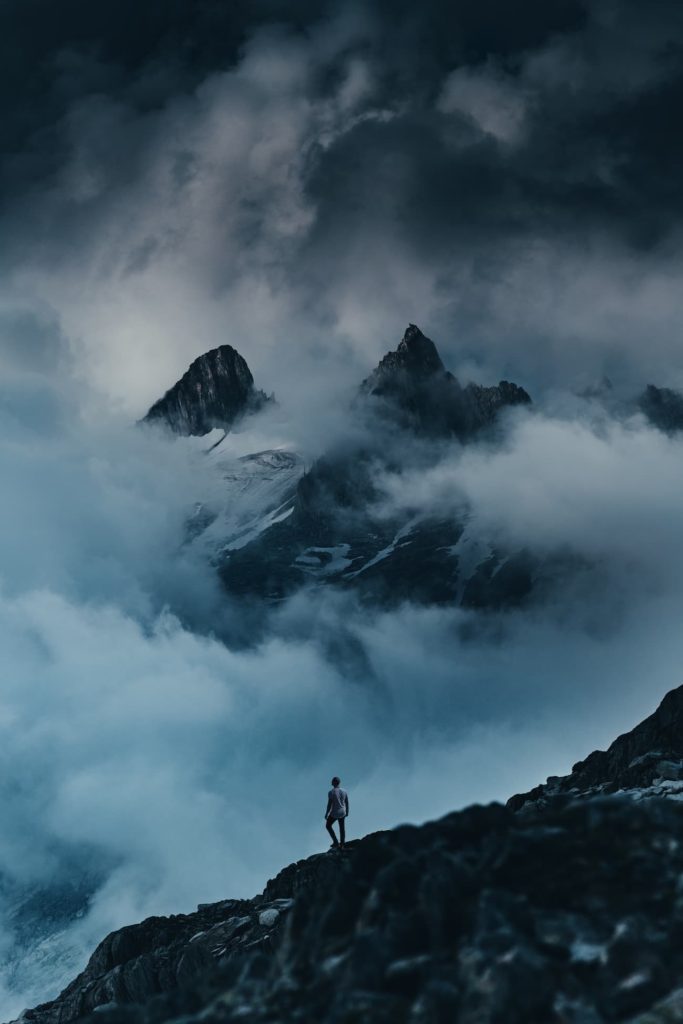
Michael Cordey
@michael.cordey
Best of the week 40 at #nomadict 2021
As far as I remember practicing photography, it has always been a matter of rendering the ordinary lights, energies, rhythms and textures in which human life, experiences and emotions take shape.
I began with photography in 2005, mostly because of skiing and snowboarding. These are sports in which both photographer and riders are looking for particular experiences to arise from their interaction with versatile elements like snow, wind, temperature or light. This interaction creates unique scenes full of energy, and, in that sense, taking pictures of skiing and snowboarding has always being a question of capturing moments showcasing what is manifested in that particular moment when human, element and action come together, such as waiting, walking, freezing, struggling, adjusting, being afraid, doubting, messing around, being disappointed, suffering as well as enjoying being there in the mountain and descending while playing with snow and finally, viewing the images we have just produced.
While I started shooting ski and snowboard, I also started studying social and political sciences at Lausanne University, Switzerland. I remember how much admiration and envy I felt while looking at photos from Magnum photographers such as Robert Capa, Henri Cartier Bresson, Martin Parr, Larry Towel or James Nachtwey (who left Magnum agency in 2001 to found VII agency). Those photographers, among others, made me realize how much photography could be understood as a form of political involvement and expression. Nevertheless, it took me years and a PhD thesis in anthropology (that is still in process) to acknowledge the relation between taking pictures of what can be considered as futile or even selfish human practices (such as snowboarding, skiing or hiking) and the political gesture of capturing and rendering them.
What I am suggesting here is that what we call “political” is not only about denouncing and protesting (against social inequalities, for instance). It is also about going beyond the limits, looking beyond what we know, stepping out of our comfort zone, approaching alterity, being thirsty and curious about what different ways of living, doing and thinking could teach us, and how they can help us to live our best life, the one that suits us the most, the one we are claiming for. In other words, what could and should also be considered as political is our responsibility to make human life flourishing, to open the possibilities, to show different and valuable ways of living, to share with each other our dreams and the way we realize them, to support human imagination and creativity, to give hope and to trigger desires.
"In short, to share our energy, our passions and our spirits in order to lift and take care of each other. And I think that photography can be thought of as a modest way to make a few steps in that direction."
As a social anthropologist, I resisted (and I am still resisting) the idea that I am a scientist that just captures (social) reality to explain it. More than an anthropologist, I am a human being and a citizen that participates in giving shape to the world I live in. This is the same about being a photographer. Photography should not be only thought of as a way to capture realities and raw facts, it can also be seen as a tool to build our world and transform our life; a tool that produces particular situations and experiences that could make us vulnerable, and that could participate in one way or another in finding our own path, voice and forms of expression.
As photographers can hide behind their camera, looking at the world with a certain distance through the lens of (expensive) equipment, it could sound astonishing to think about photography as a tool that can make us vulnerable (rather than a tool that reflects and reproduces objectively inequalities and privileges). The fact is, that vulnerability cannot be reduced to a question of economic wealth, vulnerability is always produced in unforeseen situations. For instance, when someone refuses to be photographed or when elements of the environment do not align as expected. Thus, vulnerability was here to challenge the will of a photographer to master the process of image production and their attachment to a precise idea of the picture they want. To compose with the versatility of realities, photographers often need to follow their creative intuition to find new ways of doing.
"This means that the trick against vulnerability is to have an open mindset that allows them to compose creatively with the given conditions in order to let the magic happen."
It was last summer that I learned how vulnerable photographers are in that sense and how much I have been lucky to assist and capture images of a storm in 2011. It is quite funny that the photo from 2011 has been selected for the Best of the Week, because I tried to “reproduce” the experience last summer and I learned that a lot of conditions have to come beneficially together to get pure and clean lightning like I witnessed in 2011. Storms happen every summer on the leman lake, but this summer, due to the very wet, windy, and electric conditions, we had a lot of grail storms and what looks like tropical rains. In those conditions, lightning does not come out in front of the storm, before deluge. They happen within it. Consequently, they appear hazy. Moreover, they do not strike from the sky to the water, but horizontally. However, the clouds and rain behave like conductors. I knew that because I witnessed it several times last summer before trying to go back to the same place to do the same kind of shot, unsuccessfully.
Nevertheless, this summer attempt reminded me of the same energy and sensations I felt in 2011. Because of MeteoSuisse radar, I knew by the end of the afternoon that a huge storm was coming around 10 pm – just enough time after the sunset to be able to do long exposure at night, so I decided to try my luck. When I arrived, just like in 2011, I put my camera (a Nikon D3 in 2011 and a Nikon D800 in 2021) on a tripod and I waited to see the storm coming. As in 2011, the wind arrived first, giving me goosebumps because of the intensity. In 2021, I was mastering long exposure and night photography much more than in 2011. Unfortunately, technical knowledge and experience do not prevent us from being vulnerable to meteorological conditions. In 2011, I had to adjust the frame of the photo because I did not have the material to check the alignment with the horizon. I shot by mistake in .TIFF rather than in .RAW format (which never happened to me), and I shot a hazardous 30-second exposure without thinking that many lightnings could be printed on my sensor at the same time.
"Nevertheless, magic happens anyhow, and this is to me one of the greatest lessons photography has taught me."
I need to be there, as much technically prepared as I can, but in the end, creativity and magic happens way beyond technique (at least during shootings).
The proposals that are contained in this text could sound romantic and idealistic, and the considerations above could easily be qualified as a discourse coming from the mouth of a lucky academic white man who is completely disconnected from reality, and this is partially true. But this is not a reason to reject the favorable along with the unfavorable. Photography can be seen as a powerful tool to struggle against cynicism, fatality, powerlessness and individual tragedy. And this is what really matters the most to me.
Would you like content like this sent to your inbox?
BEST OF THE WEEK MAY 2021
BEST OF THE WEEK APRIL 2021
BEST OF THE WEEK MARCH 2021
BEST OF THE WEEK FEBRUARY 2021
BEST OF THE WEEK JANUARY 2021
NOMADICT
ART GALLERY
THE LATEST STORIES
WRITEN WITH PASSION TO INSPIRE YOU

Photo tour in Azores, Portugal
Join us in the Azores for a unique photo tour, where you’ll elevate your creative skills with expert guidance from Ronald Soethje, Bruno Ázera, and Nomadict.

Forest Kai (@forest1kai): Photographer based in the US
In this article, Forest shares how years of chasing scale, silence, and raw landscapes shaped his approach to photography, from the deserts of Kazakhstan to the volcanic ridges of Iceland. He talks about how he uses light, texture, and vast negative space to create images that feel both intimate and overwhelming.

Simon Hechtbauer (@roamwithsimon): Best of the Week 32 at #nomadict
Simon shares the journey behind his photography, from early inspirations to field techniques, editing, and the story of the winning shot that shaped his path.

Miroslav Maršík (@miromarsik): Photographer based in Czech Republic
In this article, Miro shares how his love for cinematic music evolved into a deep passion for photography and how he uses light, color, and atmosphere to turn the streets of Prague into living film scenes.

Aurora photography panorama workflow: A guide to camera settings, editing, and color
In this article, Stefanie reveals how her background in physics sparked her passion for astrophotography and how she blends science with creativity to capture the beauty of the night sky. Readers will discover her approach to color, contrast, and editing, as well as her aurora photography workflow.

Yhabril (@yhabril): Best of the Week 33 at #nomadict
Spanish photographer Yhabril captures the profound connection between humans and the mountains that shaped him. Growing up in the Pyrenees, his work bridges outdoor sports, landscapes, and celestial scenes — often blending athletes, moonlight, and wilderness into striking visual stories.

Ariane Totzke (@besondersschwierig): Photographer based in Switzerland
In this article, Ariane shares how photography helped her navigate personal challenges, connect authentically with people and animals, and develop a philosophy rooted in empathy and artistic freedom. Readers will also discover her ethical approach to wildlife photography and her trusted equipment for both camouflage techniques and cameras.
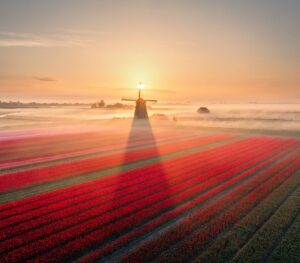
How to photograph Dutch tulip fields: A guide to light, gear, composition, and colors
Discover how to photograph Dutch tulip fields in their most magical light. From choosing the right gear and lenses to mastering composition, color, and aerial perspectives, this guide shares creative techniques to capture the beauty of the Netherlands’ tulips. Learn how light, color grading, and proportion bring emotion into every frame.
